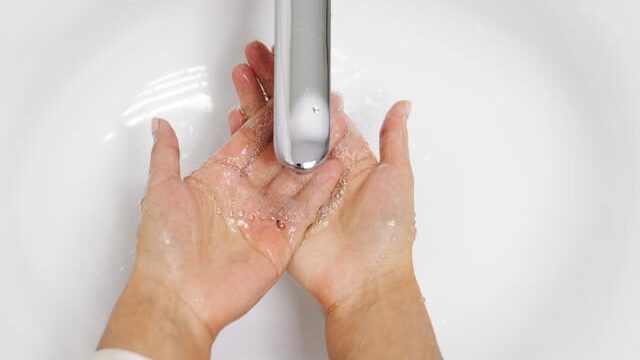How To Wash The Face Properly
Proper facial cleansing is a crucial step in any skincare routine. It’s not just about removing dirt and makeup; it sets the stage for the rest of your skincare products to work effectively. By cleansing your face correctly, you can help prevent issues like clogged pores, breakouts, and dull skin. Good cleansing techniques can also improve your skin’s overall texture and appearance, making it smoother and more radiant. So, let’s dive into why cleansing matters and how to get it right.
Key Points for Effective Cleansing
When it comes to cleansing your face, getting the technique right can make a big difference. First off, make sure you’re using enough foam. This helps to lift dirt and impurities off your skin without having to rub too hard, which can lead to irritation. Speaking of rubbing, it’s best to avoid it altogether. Instead, let the foam do the work for you. Gently massage it into your skin to cleanse thoroughly without causing friction or damage. This way, you’ll keep your skin clean and happy without overdoing it.
Steps for Correct Cleansing

①Wash Hands: Start by washing your hands thoroughly. Clean hands are crucial to avoid transferring dirt or bacteria to your face.
②Moisten Face: Splash your face with lukewarm water to prepare it for the cleanser. This helps the cleanser work better and feel more comfortable on your skin.
③Use Adequate Cleanser: Apply the recommended amount of cleanser to your face. Too little may not clean effectively, while too much can be wasteful.

④Create Abundant Foam: Mix the cleanser with a bit of water to create a rich foam. You can use one hand to whisk the foam and the other to catch it. If manual foaming is tricky, consider using a foaming net or a pre-foamed cleanser.
⑤Apply Foam: Gently roll the foam over your face. Pay extra attention to areas that tend to be oilier, like your forehead and nose.

⑥Rinse Thoroughly: Rinse off all the foam with lukewarm water (below 36°C) using the natural movement of water rather than scrubbing with your hands. Make sure to clean the jawline and hairline where foam might linger.

⑦Dry Gently: Pat your face dry with a soft and clean towel ( I prefer face dry tissue). Avoid rubbing, as it can irritate your skin.

⑧Immediate Skincare: Apply your skincare products right after drying to lock in moisture and keep your skin hydrated.
Tips for Routine
- Practice Makes Perfect: Getting your cleansing routine just right might take a bit of practice. Don’t worry if it feels awkward at first—over time, the steps will become second nature.
- Consistency: Sticking to your cleansing routine regularly is key to maintaining healthy, glowing skin. Make it a part of your daily regimen to keep your skin clean and clear.
Common Mistakes and Cautions
- Not Using Cleanser in the Morning: Even if your face doesn’t look dirty, it’s important to cleanse in the morning. Overnight, sweat and dust can accumulate on your skin, and washing your face helps start your day with a fresh canvas.
- Direct Shower Water: No! Big NO! Steering clear of strong shower water hitting your face directly is crucial. It can be too harsh and strip your skin of its natural oils, leading to dryness or irritation.
- Rubbing with Towel: When drying your face, always use a soft towel and gently pat your skin dry. Rubbing can cause irritation and may even lead to premature aging.
Additional Tips
- Hair Washing: It’s a good idea to wash your hair after you’ve cleansed your face. This helps avoid any hair products or residue from getting on your freshly cleaned skin.
- Time for Cleansing: Aim to spend about 30 seconds on regular cleansing. If you’re removing makeup, you might need up to 1 minute to ensure all traces are gone.
- Rinsing: Make sure to rinse thoroughly with lukewarm water. Pay special attention to the areas around your hairline and jawline where residue can often linger.
- Post-Cleansing: After cleansing, if your skin feels tight or dry, it might be worth revisiting your cleanser or technique. The right cleanser should clean effectively without stripping your skin of its natural moisture.














2 comments